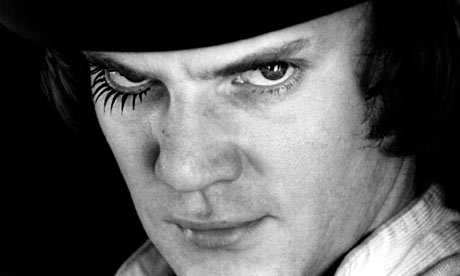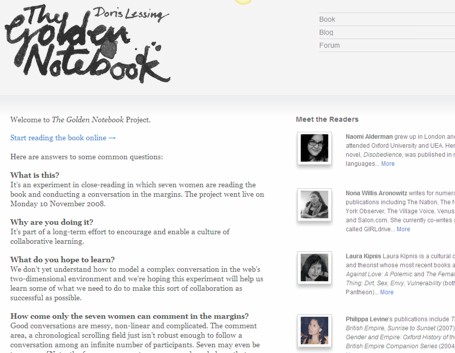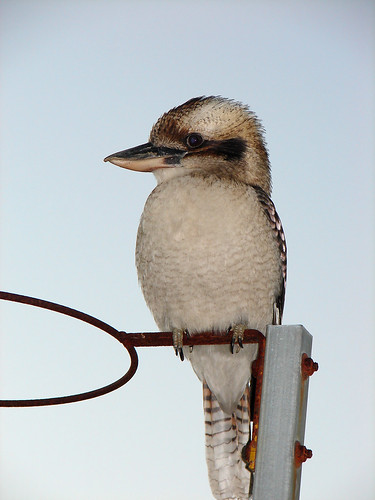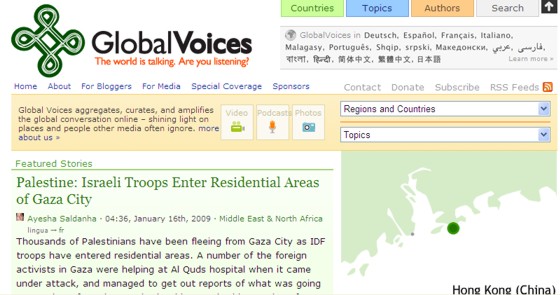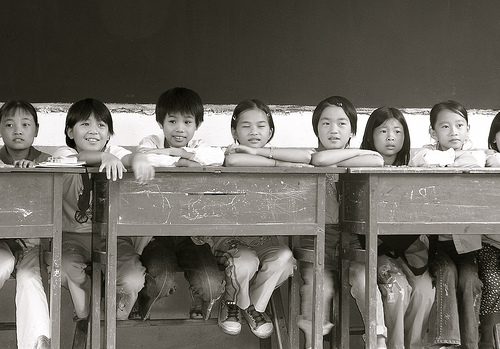‘map of Romania’ photo by ggrosseck on flickr
…students do not come in one-size-fits-all packages and should be treated as individuals who deserve to be stretched
…no matter what their level of learning, a student’s work is enhanced when their parents are involved in the learning process
…the experiences of students are important aspects of learning and should be incorporated in the classroom as possible
…students live up to the expectations given them by their parents, school and their community; if a student is expected to succeed he or she will
…every student has the capacity to reshape the world; they must be guided to making their impression a positive one
…students should learn by investigating the world and issues that surround them in fun and creative ways
…learning should be an interesting and useful process
…what happens to students beyond the classroom is as important as what is contained in it
…every student deserves an opportunity to succeed
…the highest goal of education is to teach students to reason and think for themselves
...students should be taught and engaged in such a way that they fall in love with learning
Tonia Johnson posted her beliefs for learning on her wiki for Adams City High School. They gave me the opportunity to reflect on what initially may seem obvious and unoriginal, but at second glance are actually deep and essential aspects of learning. I started to think about how much of the teaching and learning at our school corresponds to these beliefs; how much my own practices support these beliefs.
Is there one introductory belief that forms a basis for further good teaching practices, or are they intertwined and shoot off each other?
I would really like some feedback from you about which of these beliefs you consider most important and why, and if you can add to this list.
Essential to good teaching practice, in my experience, is taking the time to reflect and critically evaluate what you are doing as an educator. Now that the new school year is starting, I can see how easy it will be to fall into the busy and relentless schedule of weeks and terms without taking time out to breathe or blink. I think we need to make a time to reflect, just as we deliberately schedule appointments to the dentist. Yes, it is sometimes an appointment we don’t feel like keeping.
Blogging (for those of you who continue to argue with me against it) is always a discipline that provides a regular time for reflection and evaluation. Amidst defensive cries of ‘haven’t got the time, too busy’, I stubbornly insist that time must be made. It’s worth it.


